
Delivery Associates

HSBC

Maverick

ASDA

George
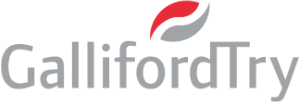
GallifordTry
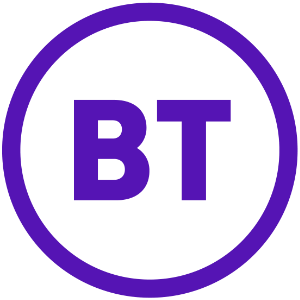
BT

Indivior

Sainsbury's

Flint Technology
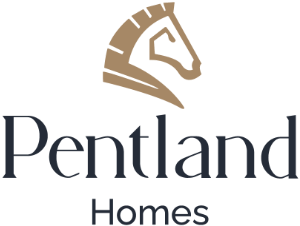
Pentland Homes

Caring Homes
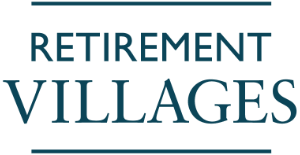
Retirement Villages Group
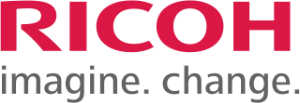
RICOH
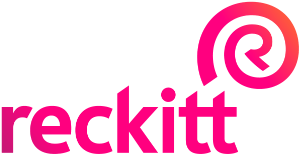
Reckitt

Syntegon Technology
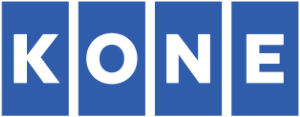
KONE

Sturgess Jaguar Motor Group
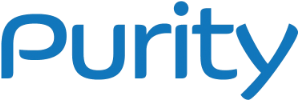
Purity Global

Rutland County Council
We believe extraordinary people deserve extraordinary training that enables them to evolve, grow and realise their true potential.
Are you ready to stop wasting money on ineffective and unengaging training programmes? Training that ticks the boxes but fails to leave a lasting impact on your people or your bottom line?
It's time to work with a training provider who will inspire you, match your ambition, develop and grow your talent, and make a sustainable and lasting difference to your people and organisation.
Design your future
We're here to help you make the right choices.
Bespoke Training
We work with you to design and deliver customised learning solutions, aligned to your organisation, your people, and your desired learning outcomes.
Maze Courses
Ready-to-go training solutions expertly curated from over two decades worth of experience and wisdom gained from working with thousands of people.
Our inclusive approach to learning and development creates opportunities for sustainable and lasting results for your organisation and colleagues. We're really proud of it, and it sets us apart from other training providers.
As an organisation, you will have invested a great deal of time and effort in finding the right people who are a perfect fit for your business; now it's time to put that same care and consideration into unlocking their full potential.
At Maze Training, we take the time to get to know your business, values, and organisational goals. Our investment of interest in your company before the project starts allows us to provide bespoke learning and development solutions that have the potential to bring about unexpected growth and progress for your people and organisation.
We work locally and globally, delivering face-to-face or virtual learning solutions throughout the UK, Europe, Asia, Africa, Australia, South America, and North America.